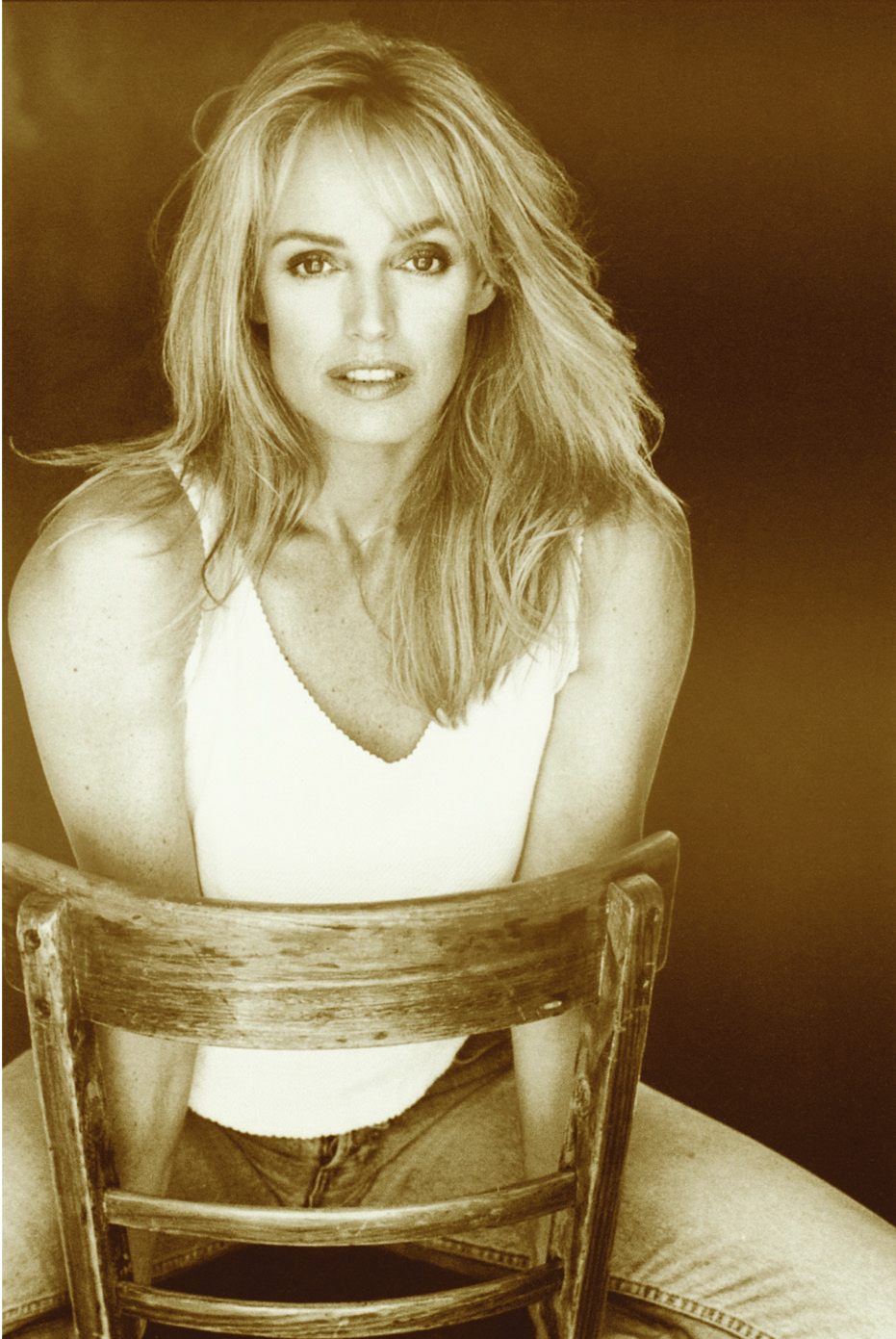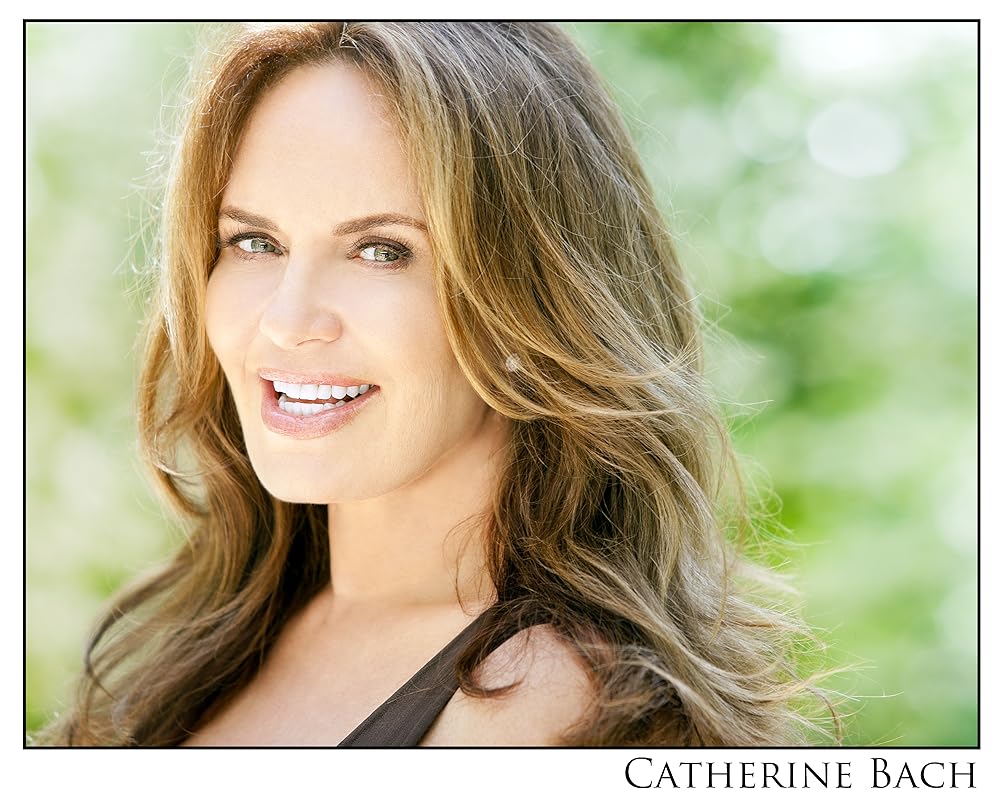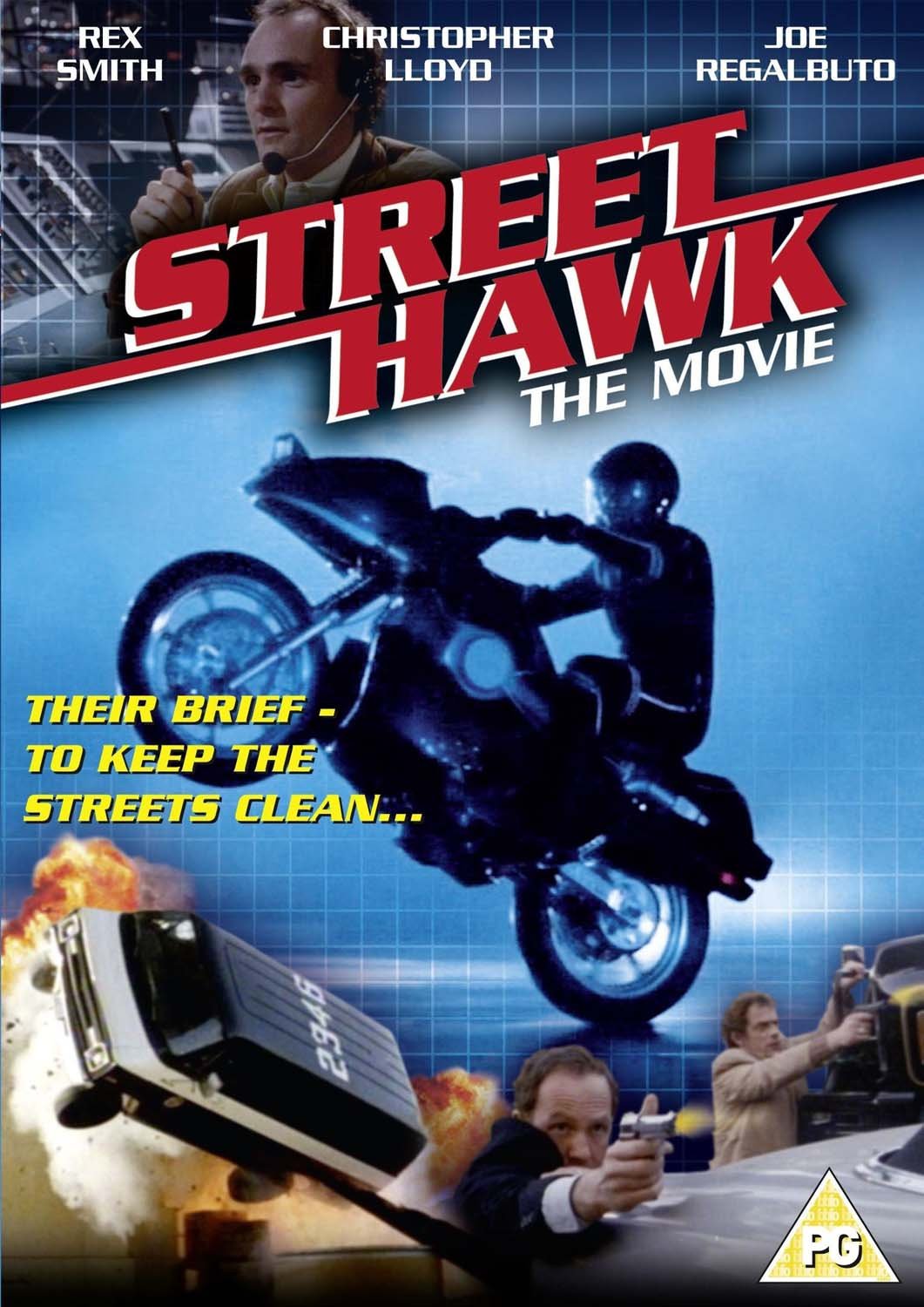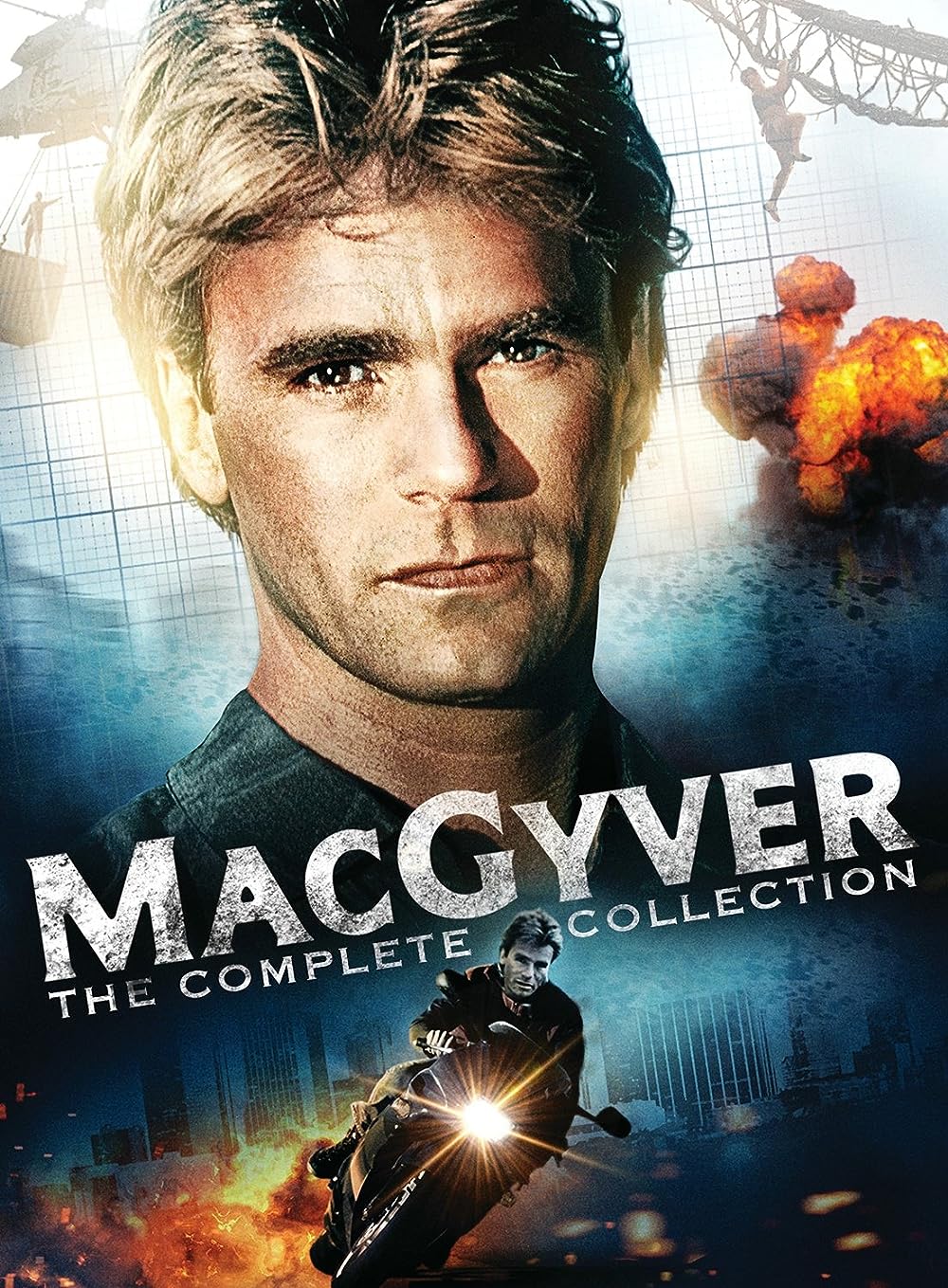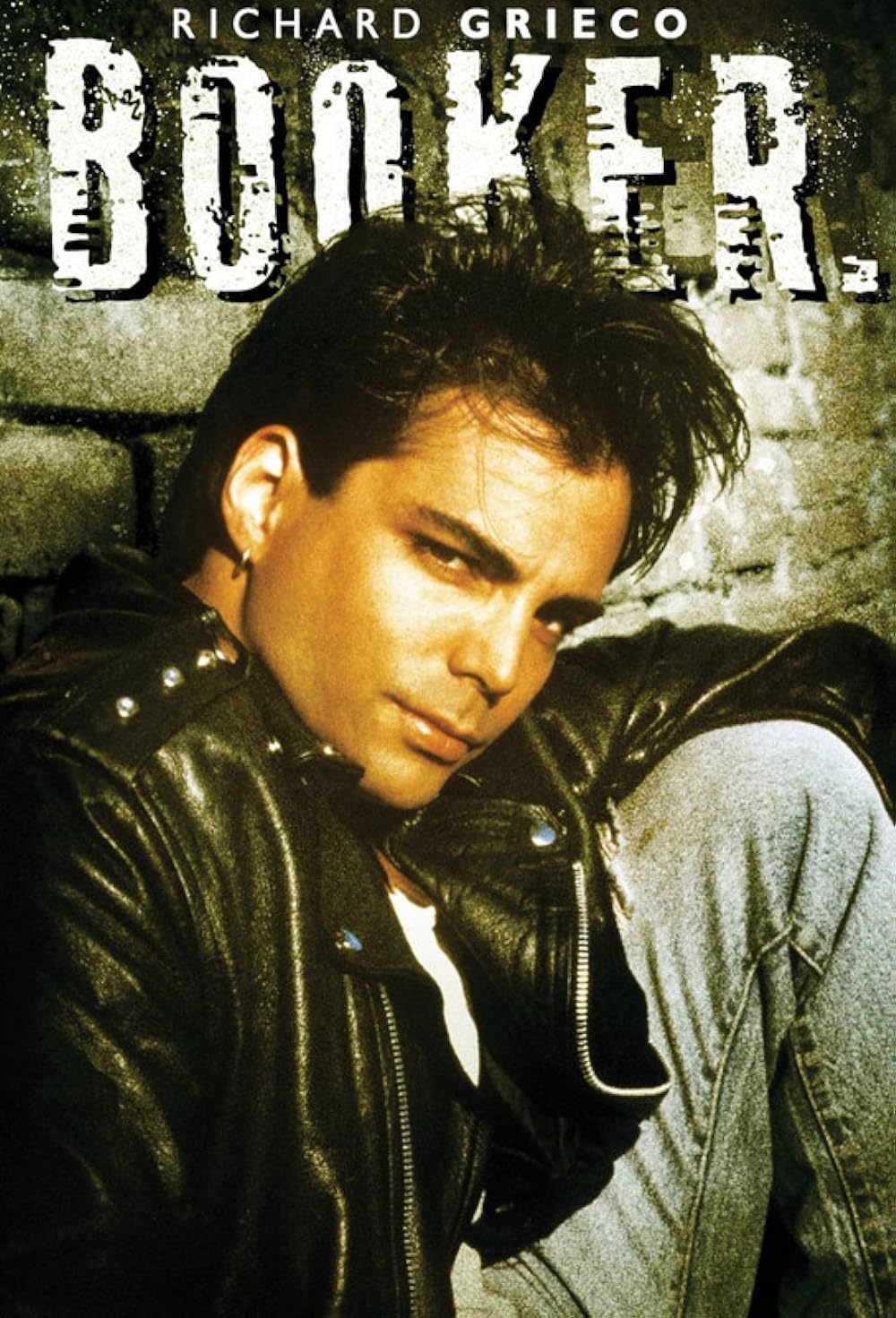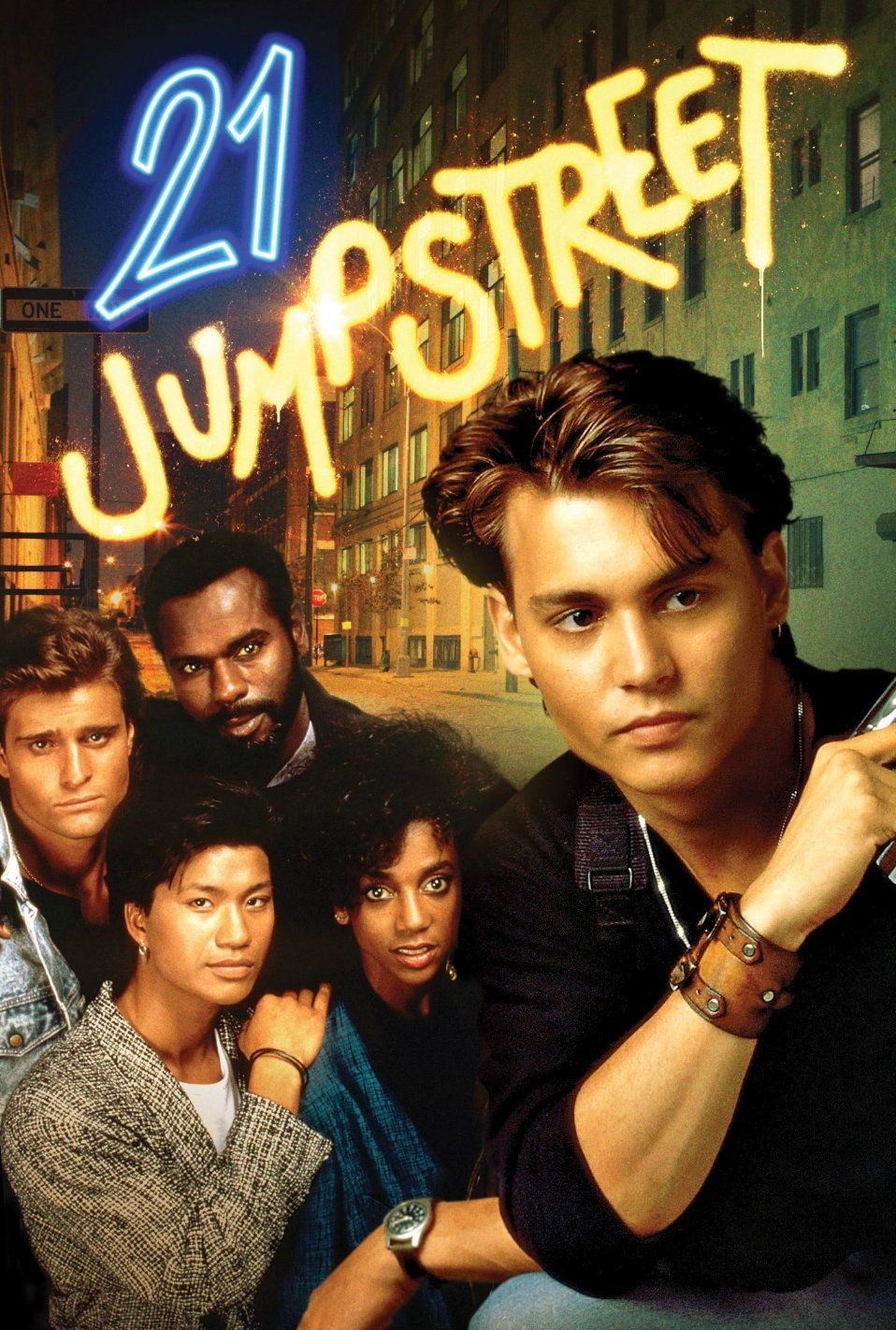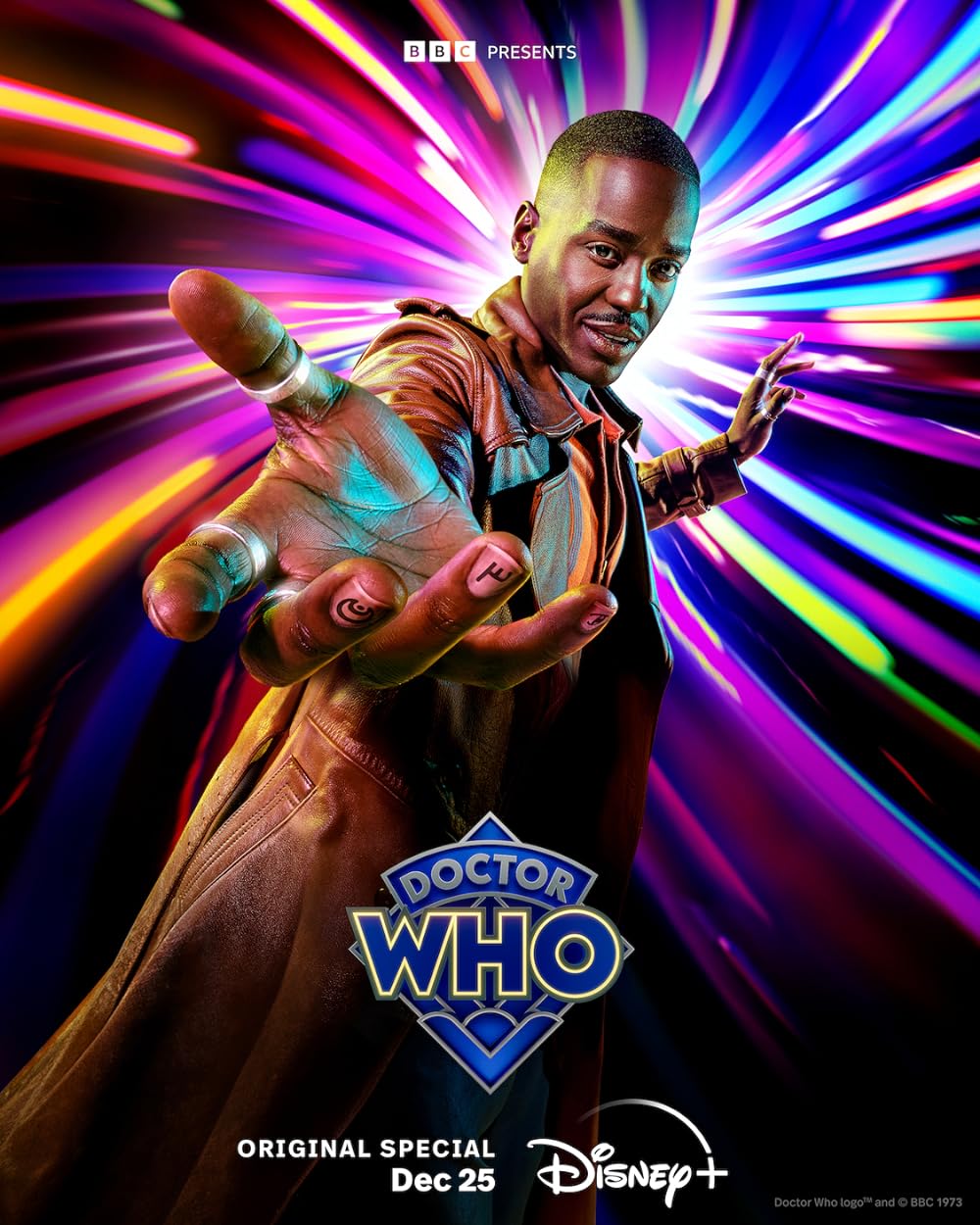Introduction:
In the glittering world of Hollywood, Susan Anton emerges as a multifaceted talent, captivating audiences with her beauty, charisma, and versatile skills. Born on October 12, 1950, in Oak Glen, California, Susan Ellen Anton’s journey in the entertainment industry spans decades, encompassing achievements in acting, singing, and modeling. This extensive article unravels the life, career, and enduring legacy of Susan Anton, exploring the facets that have made her a beloved figure in the realms of film, television, and entertainment.
1. Early Life and Entry into Show Business:
Susan Anton’s journey in the world of show business began with an early exposure to the arts. Raised in a supportive environment in Oak Glen, California, Anton’s talents were evident from a young age. Her journey into the spotlight gained momentum when she was crowned Miss California in 1969, paving the way for a career that would blend beauty, talent, and grace.
2. Beauty Queen to Hollywood Starlet:
Susan Anton’s transition from the world of beauty pageants to Hollywood was seamless. In the early 1970s, she made her mark as a model, gracing the covers of prestigious magazines and capturing the attention of photographers and designers alike. Anton’s striking looks and poise positioned her as a rising star in the entertainment industry, setting the stage for her foray into acting.
3. Hollywood Stardom: Acting and Television Career:
Susan Anton’s acting career gained prominence in the 1970s and 1980s with appearances in television series and films. Her versatile talent allowed her to tackle a range of roles, from dramatic performances to light-hearted comedies. Notable projects include her role in the television series “Baywatch,” where she showcased her acting prowess alongside the picturesque beach settings.
4. The Broadway Stage and Musical Talents:
In addition to her success on screen, Susan Anton demonstrated her musical talents on the Broadway stage. Her performance in the musical “The Will Rogers Follies” garnered critical acclaim, showcasing her ability to seamlessly transition between acting and singing. Anton’s voice, marked by its warmth and versatility, became a defining aspect of her artistic persona.
5. Television Hosting and Variety Shows:
Susan Anton’s charm and charisma extended beyond acting and singing to the realm of television hosting. She became a familiar face on variety shows and talk shows, where her affable nature endeared her to audiences. Anton’s ability to connect with viewers through the small screen highlighted her versatility as an entertainer.
6. Susan Anton as a Pop Culture Icon:
Throughout her career, Susan Anton became a pop culture icon, gracing the covers of magazines, making memorable television appearances, and earning the admiration of fans worldwide. Her image, synonymous with grace and sophistication, left an indelible mark on the cultural landscape of the late 20th century.
7. Filmography and Notable Roles:
Susan Anton’s filmography is a testament to her diverse talents. From her early appearances in films like “Paper Lion” to later roles in projects like “Cannonball Run II” and “Golden Girl,” Anton’s body of work reflects her commitment to exploring various genres and challenging herself as an actress.
8. Philanthropy and Community Involvement:
Beyond her entertainment career, Susan Anton has been actively involved in philanthropy and community service. Her commitment to charitable causes, including organizations focused on children’s health and well-being, underscores her desire to make a positive impact beyond the spotlight.
9. Personal Life and Resilience:
Susan Anton’s personal life has been marked by resilience and authenticity. Her journey through the highs and lows of the entertainment industry, coupled with her openness about personal challenges, reveals a woman of strength and character. Anton’s ability to navigate the complexities of fame with grace has endeared her to fans who appreciate her genuine approach to life.
10. Legacy and Ongoing Influence:
As Susan Anton continues to evolve in her career, her legacy remains firmly entrenched in the hearts of fans who have followed her journey. Her enduring influence extends beyond the screen, resonating with those who admire not only her talents but also her commitment to philanthropy, community, and authenticity.
Conclusion: Susan Anton – A Timeless Star:
In conclusion, Susan Anton’s journey through the entertainment industry is a tapestry woven with beauty, talent, and grace. From her early days as a beauty queen to her enduring presence in Hollywood, Anton’s legacy is a testament to her versatility and enduring appeal. As she continues to captivate audiences and contribute to various facets of the entertainment world, Susan Anton stands as a timeless star whose influence spans generations. In a world where trends may fade, Susan Anton’s impact remains indelible—a testament to the enduring power of talent, beauty, and authenticity.
